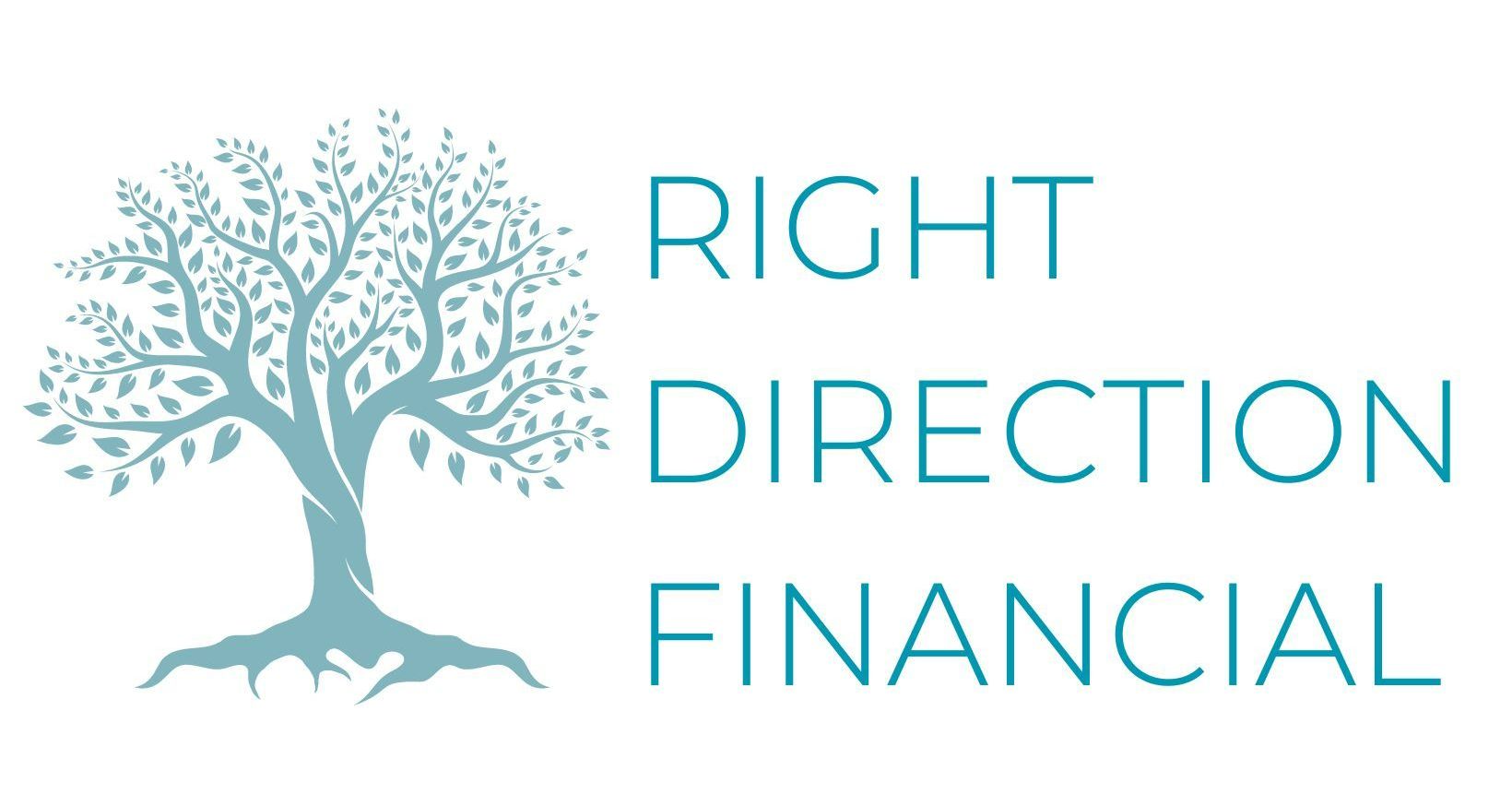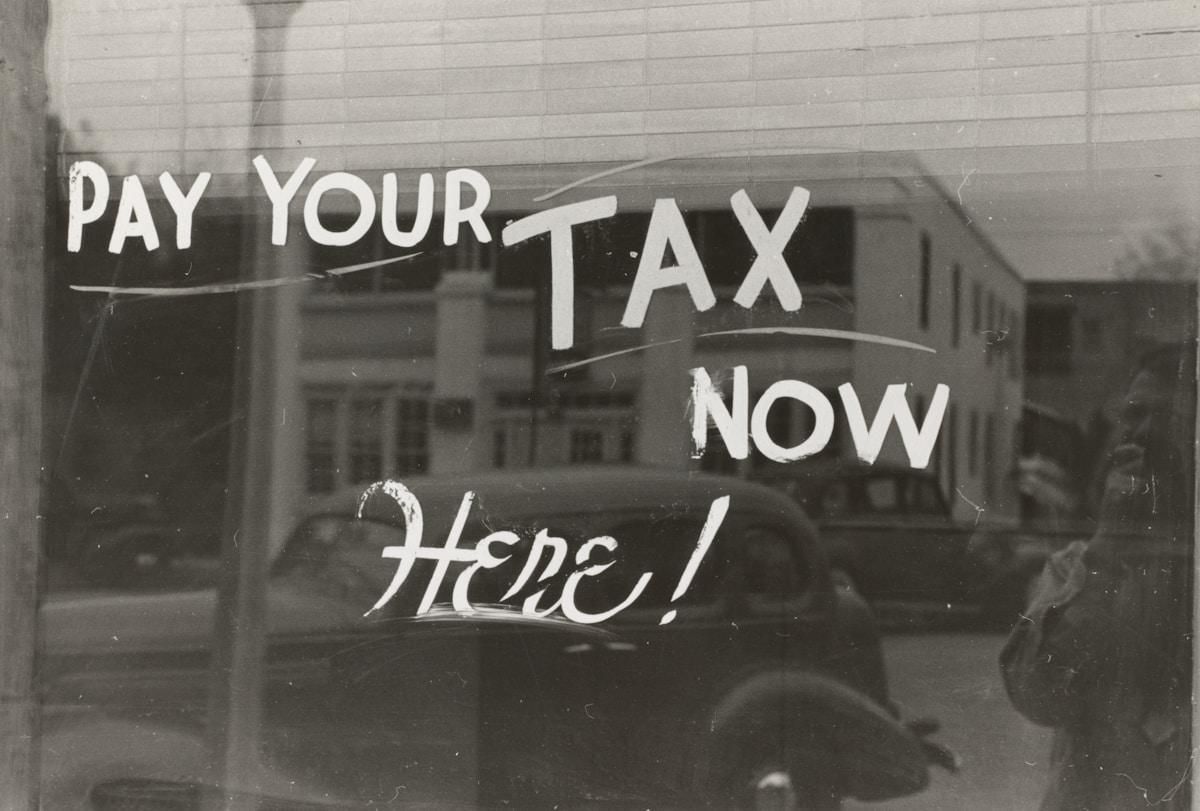The History of Retirement
In 2020 the average retirement age for all retirees in Canada was 64.5 years old, according to Statistics Canada. The average life expectancy is around 80 for men and 82 for women in Canada. So that means men are in ‘retirement’ for about 15 years and women over 17. Has it always been this way?
How did retirement come about?
Believe it or not, the invention of retirement can be traced back a long way, to 13 B.C. when the emperor Augustus instituted a pension program for Roman legionnaires who served in the military for 20 years. It was believed that he enacted this as a way of preventing an uprising against him and the Roman empire.
In more ‘modern times’ the concept of retirement began in 1889 when German Chancellor Otto von Bismarck of Germany put forth the idea of paying citizens 70 and older to leave the workforce ‘voluntarily’ to make room for the younger workers as unemployment was high.
Germany’s system was mandatory with contributions from both employers and employees along with the government to fund the program. This system became part of a comprehensive social insurance plan that included a form of worker’s compensation and sickness insurance. In 1916 the age was lowered to 65. The US took inspiration of Germany’s model and started the Social Security program in 1935. The average life expectancy at that time was 62 so they didn’t really expect to pay retirees for very long!
What about retirement in Canada?
McKenzie King, Canada’s prime minister at the time, introduced the Old Age Pensions Act in 1927 which became the Old Age Security in 1951. Canada Pension Plan (CPP) was added in 1966 by Lester B Pearson’s government and then in 1967, the GIS (Guaranteed Income Supplement) was brought in to help bring poor seniors’ income over the poverty line.
How have pensions changed in Canada?
In recent times, pension plan membership through work has declined. Only 33% of employees have an employer defined benefit pension whereas it was 40% in the 1970’s as unions worked to gain security for their members. In 2004, the Monsanto vs. Ontario case upheld the supreme courts decision requiring surplus pension assets to be distributed to terminated employees in a partial winding up of a pension plan. Because of this ruling, companies have backed away from defined benefit pension plans.
Many Canadians are still struggling to save for retirement. In 2017 there was bit of modern pension reform with Ontario introducing a mandatory plan for those employers and employees that have no pension plan in place. At a cost of $3.5 billion a year the hope is that this will help many Ontarians saving for retirement.
In the 1990’s Canadians were worried that the CPP funds were running out and would not be able to support the millions retiring in the years following. This is funded based on contributions from workers. In 1990, the employee and employer contribution rates were each 2.2%. Over time this has increased and is now 5.95% each, and the reserves are in great shape. The OAS which is funded out of general revenues costs taxpayers $36.5 billion a year.
This is projected to increase to $108 billion by the year 2030.
Sources:
https://retirehappy.ca/a-history-of-pensions-in-canada/
https://www.cppinvestments.com/
https://www.investmentexecutive.com/news/from-the-regulators/supreme-court-backs-ontario-in-monsanto-pension-case/#:~:text=The%20Supreme%20Court%20of%20Canada,up%20of%20a%20pension%20plan.-
https://www.canada.ca/en/revenue-agency/services/tax/businesses/topics/payroll/payroll-deductions-contributions/canada-pension-plan-cpp/cpp-contribution-rates-maximums-exemptions.html
Follow Us
iA Private Wealth Inc. is a member of the Canadian Investor Protection Fund and the Canadian Investment Regulatory Organization. iA Private Wealth is a trademark and a business name under which iA Private Wealth Inc. operates.
This is not an official website or publication of iA Private Wealth and the information and opinions contained herein do not necessarily reflect the opinion of iA Private Wealth. The particulars contained on this website were obtained from various sources which are believed to be reliable, but no representation or warranty, express or implied, is made by iA Private Wealth, its affiliates, employees, agents or any other person as to its accuracy, completeness or correctness. Furthermore, this website is provided for information purposes only and is not construed as an offer or solicitation for the sale or purchase of securities. The information contained herein may not apply to all types of investors. The Investment Advisor can open accounts only in the provinces where they are registered.
Products and services provided by third parties, including by way of referral, are fully independent of those provided by iA Private Wealth Inc. Products offered directly through iA Private Wealth Inc. are covered by the Canadian Investor Protection Fund, subject to exception. iA Private Wealth Inc. does not warrant the quality, reliability or accuracy of the products or services of third parties. Please speak to your advisor if you have any questions.
All Rights Reserved | Right Direction Financial
Proudly built and managed by Sommer Digital Inc.


















